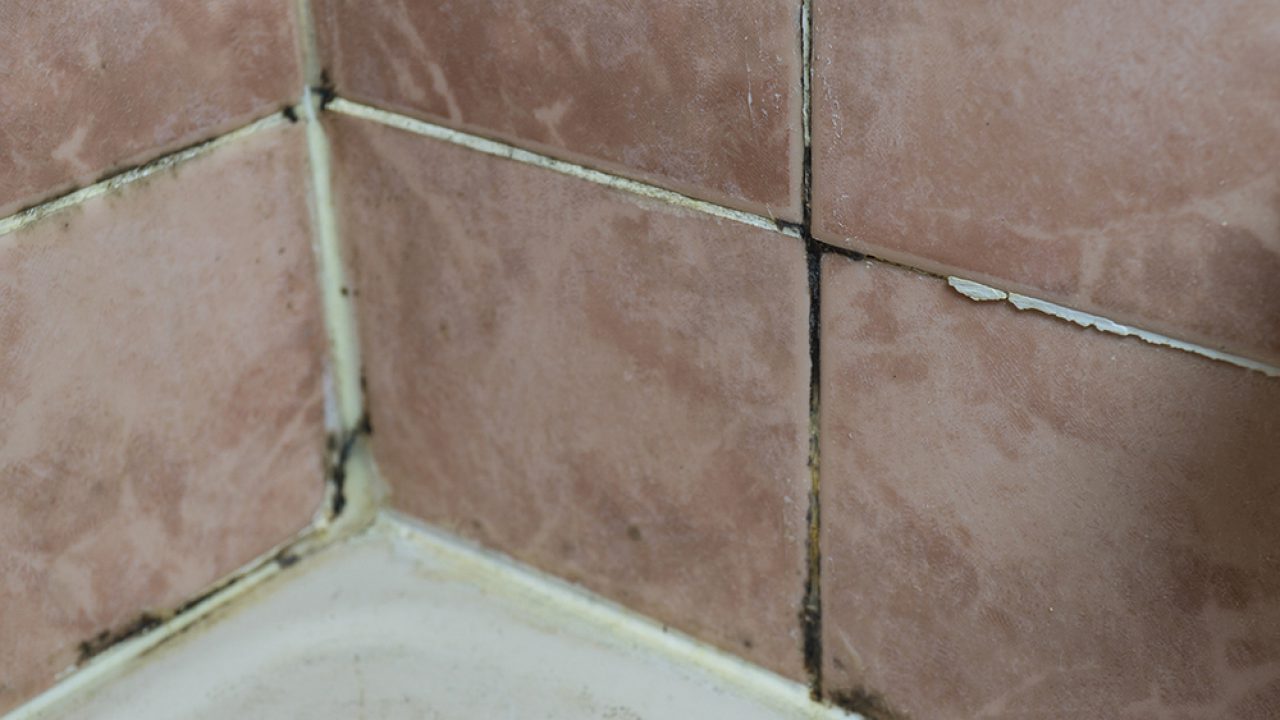mold danger

Mold Danger
Mold growth on grout in bathrooms can pose several dangers:
- Health risks: Mold can produce allergens, irritants, and in some cases, potentially toxic substances (mycotoxins). Inhaling or touching mold or mold spores may cause allergic reactions or other health problems, such as coughing, sneezing, and runny nose, as well as skin irritation or respiratory issues. People with compromised immune systems, allergies, or asthma may be more susceptible to these effects.
- Structural damage: If left unchecked, mold growth on grout can lead to structural damage to the bathroom. Mold feeds on organic materials, such as the grout and surrounding tiles, and can eventually cause them to weaken and deteriorate. This can lead to expensive repairs or even the need to completely rebuild affected areas.
- Unsightly: Mold growth on grout is unsightly and can negatively impact the appearance of the bathroom. It can also give off a musty smell, which can be unpleasant and potentially affect the overall air quality in the room.
To prevent mold growth on grout, it is important to keep the bathroom well-ventilated, clean and dry, and address any leaks or moisture issues promptly. Using a grout sealant can also help to prevent mold growth by creating a barrier that prevents water and other contaminants from seeping into the grout.
To get rid of mold in the bathroom, you can follow these steps:
- Remove any excess water and moisture: Before attempting to remove the mold, it is important to address the source of the moisture. This may involve fixing any leaks or using a dehumidifier to remove excess humidity from the room.
- Protect yourself: Wear protective gear, such as gloves, a mask, and goggles, to protect yourself from mold spores.
- Clean the affected area: Use a mixture of water and a mild detergent or a commercial mold cleaner to scrub the affected area. Be sure to thoroughly scrub the grout and surrounding tiles.
- Dry the area completely: Use a towel or a dry cloth to remove any excess water and moisture from the affected area. Then, use a fan or open a window to help the area dry completely.
- Repair any damaged grout: If the grout is severely damaged, it may need to be removed and replaced. Follow the manufacturer’s instructions for the appropriate grout repair product.
- Seal the grout: Once the area is dry and the grout has been repaired, it is a good idea to apply a grout sealant to help prevent future mold growth. Follow the manufacturer’s instructions for the appropriate grout sealant product.
It is important to note that if the mold growth is extensive or if you are not comfortable attempting to remove the mold yourself, it is recommended to hire a professional mold remediation company to handle the job.
We use a patented product for our bathroom walls. My Bath Solutions is the first company with this Tile-less wall system. There is minimal difference between regular tiles and our Tile-less system.
To prevent mold growth on grout, it is important to keep the bathroom well-ventilated, clean and dry, and address any leaks or moisture issues promptly. Using a grout sealant can also help to prevent mold growth by creating a barrier that prevents water and other contaminants from seeping into the grout.
